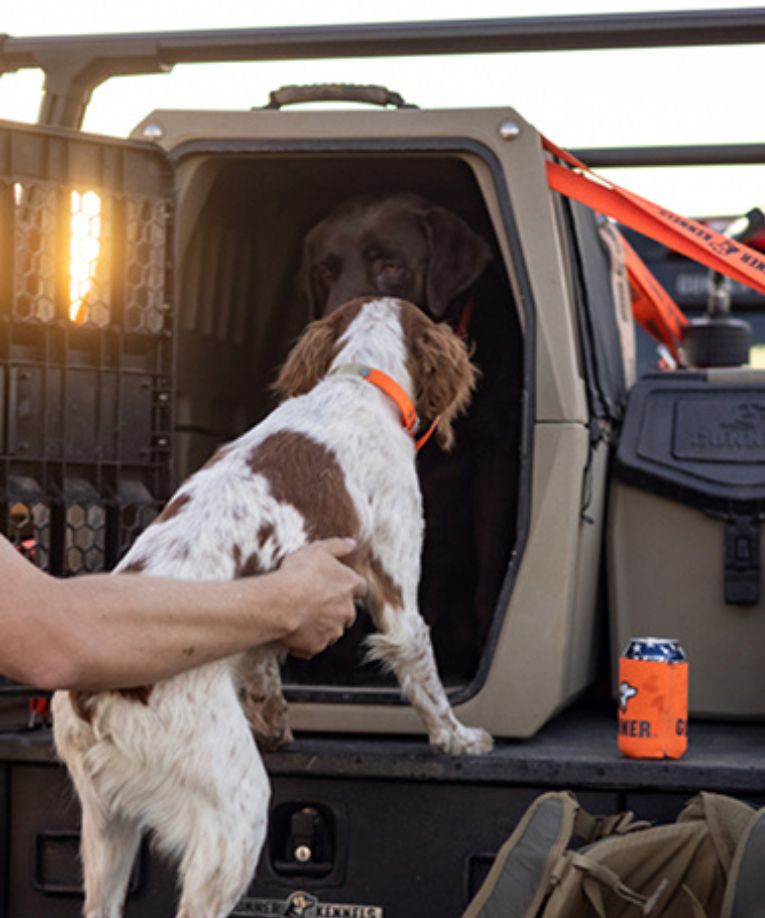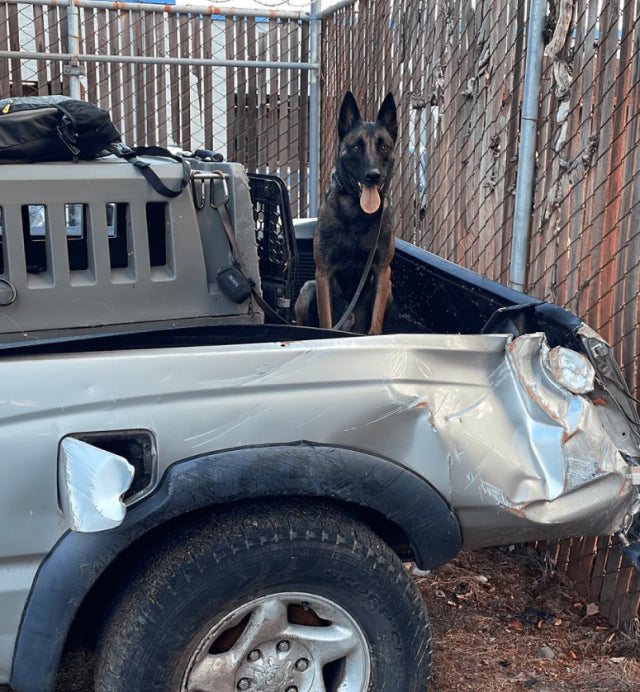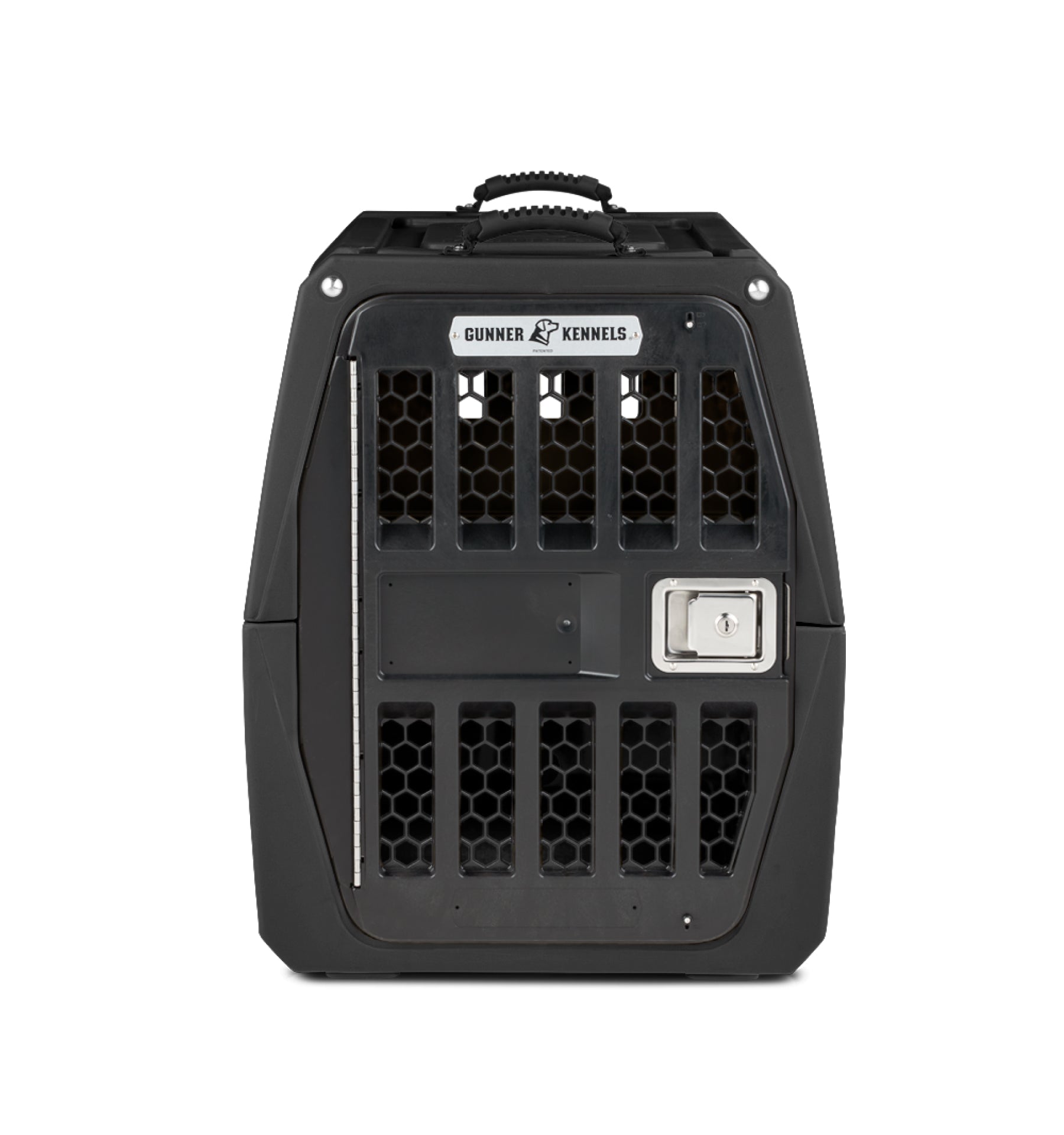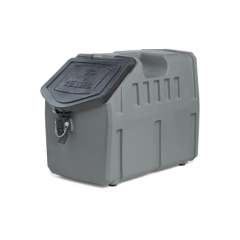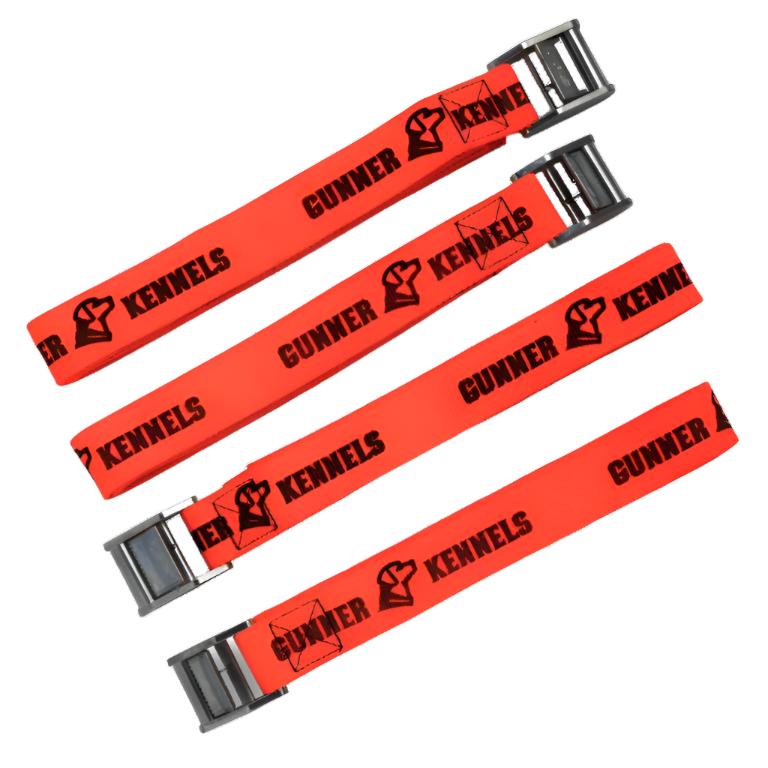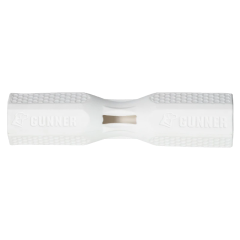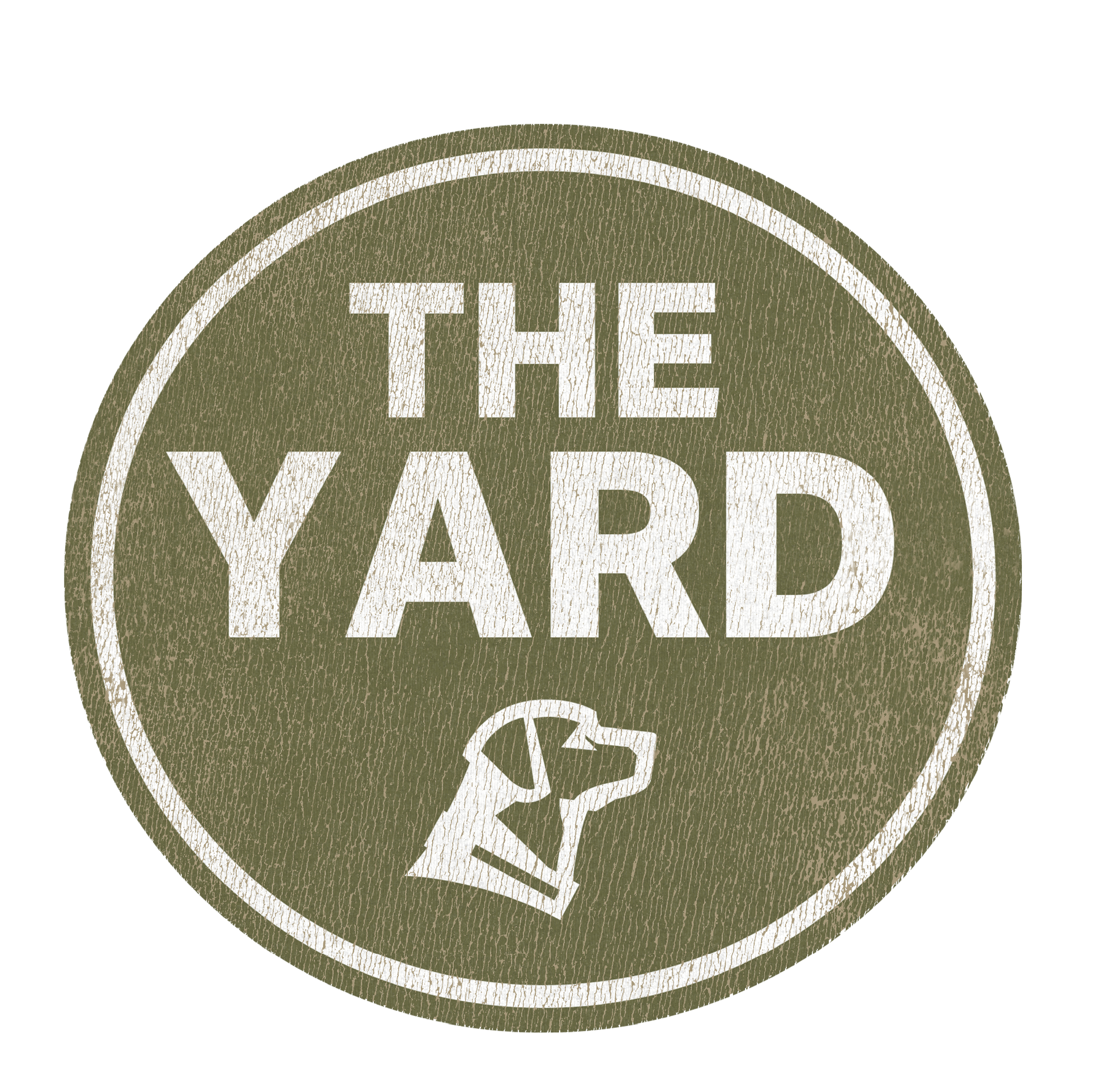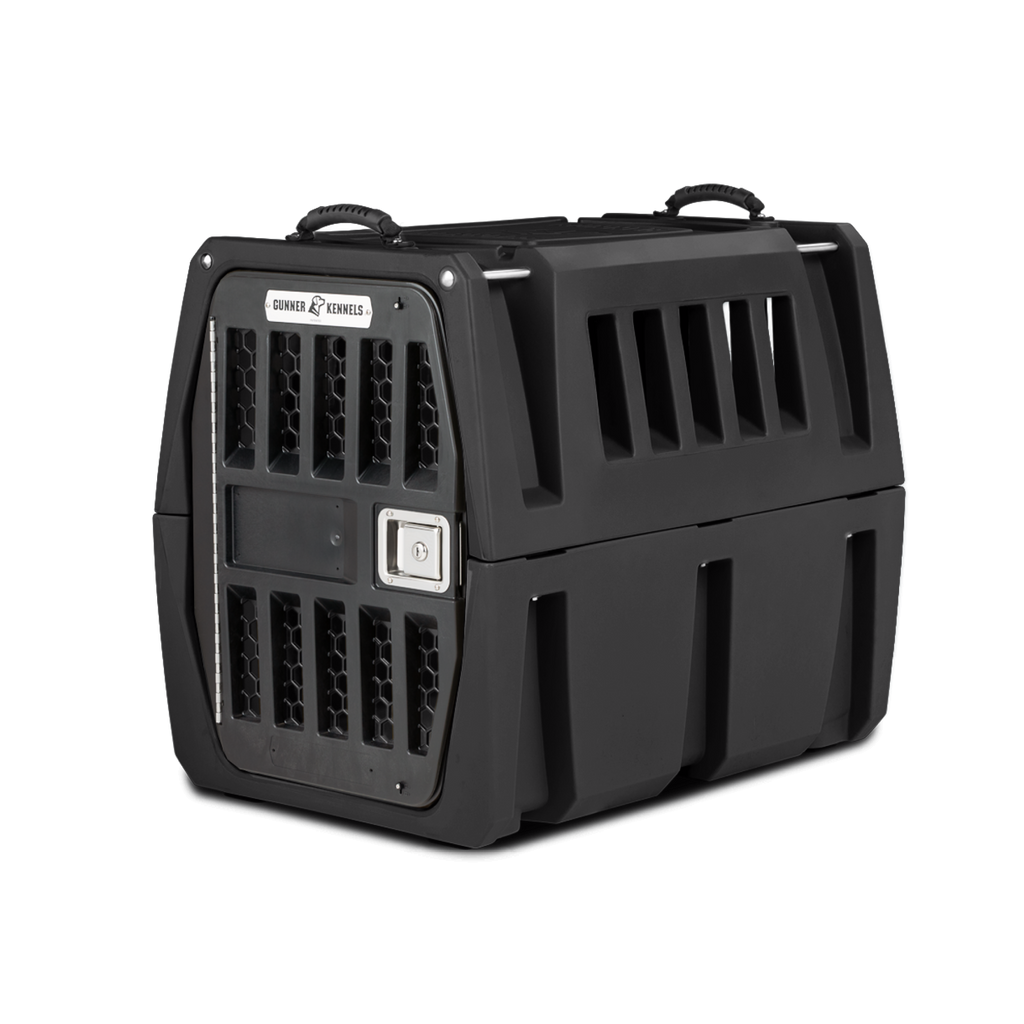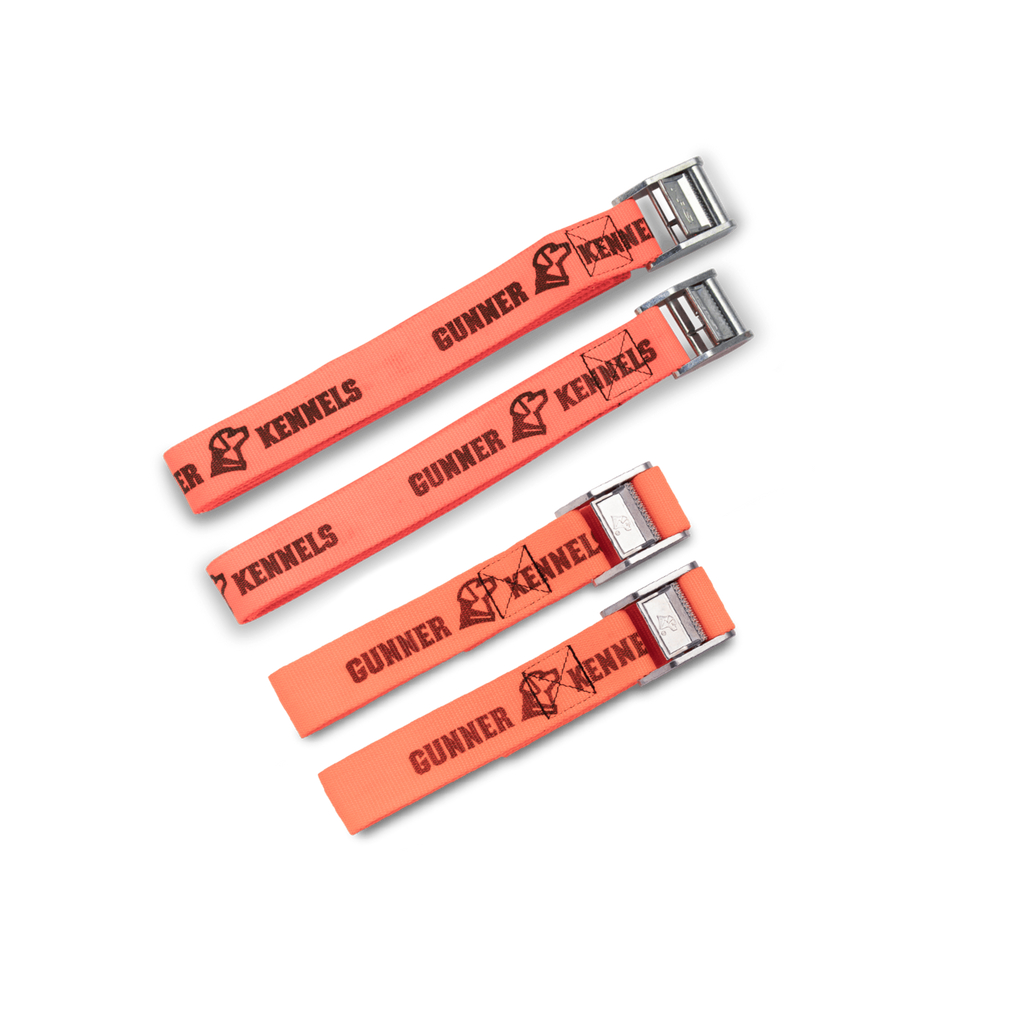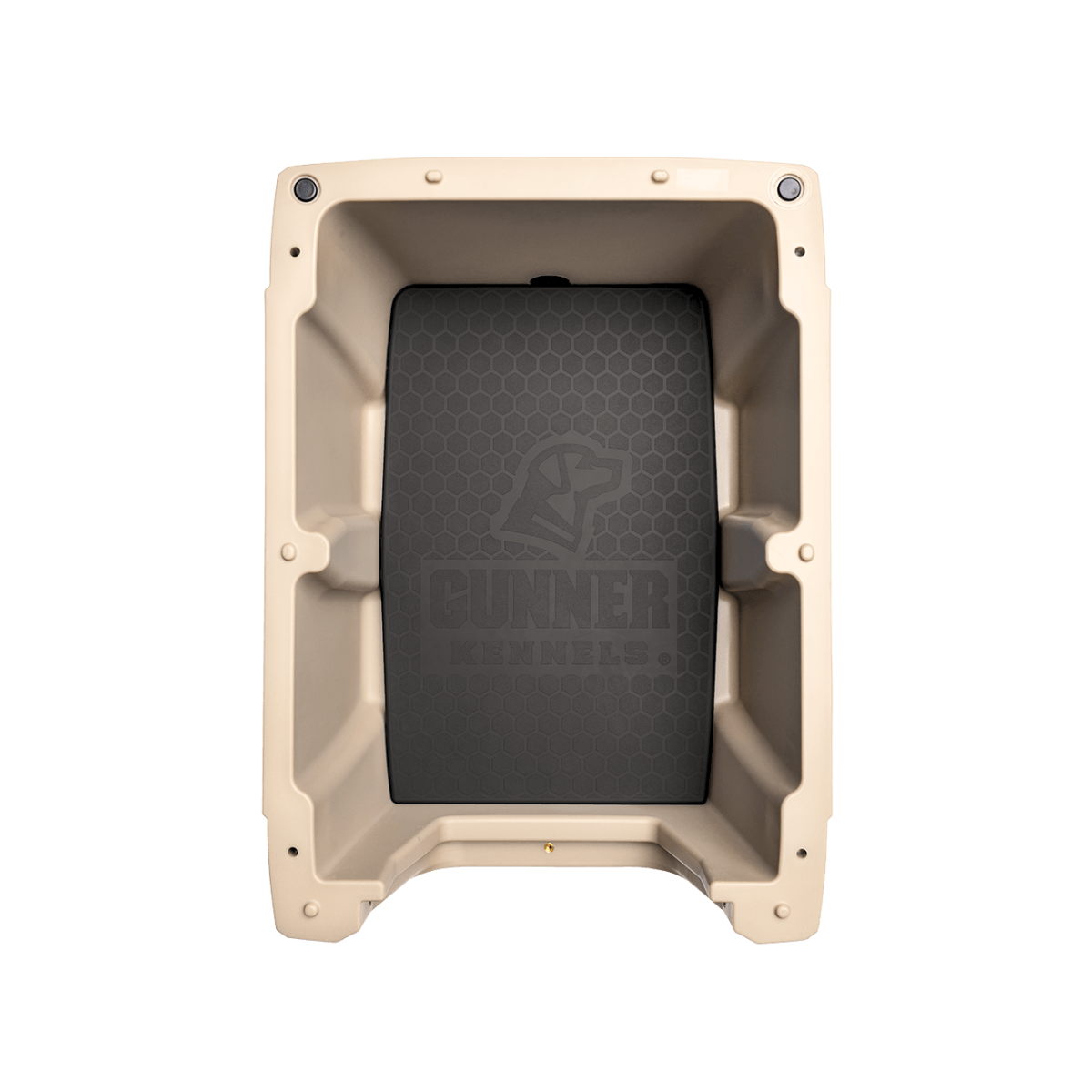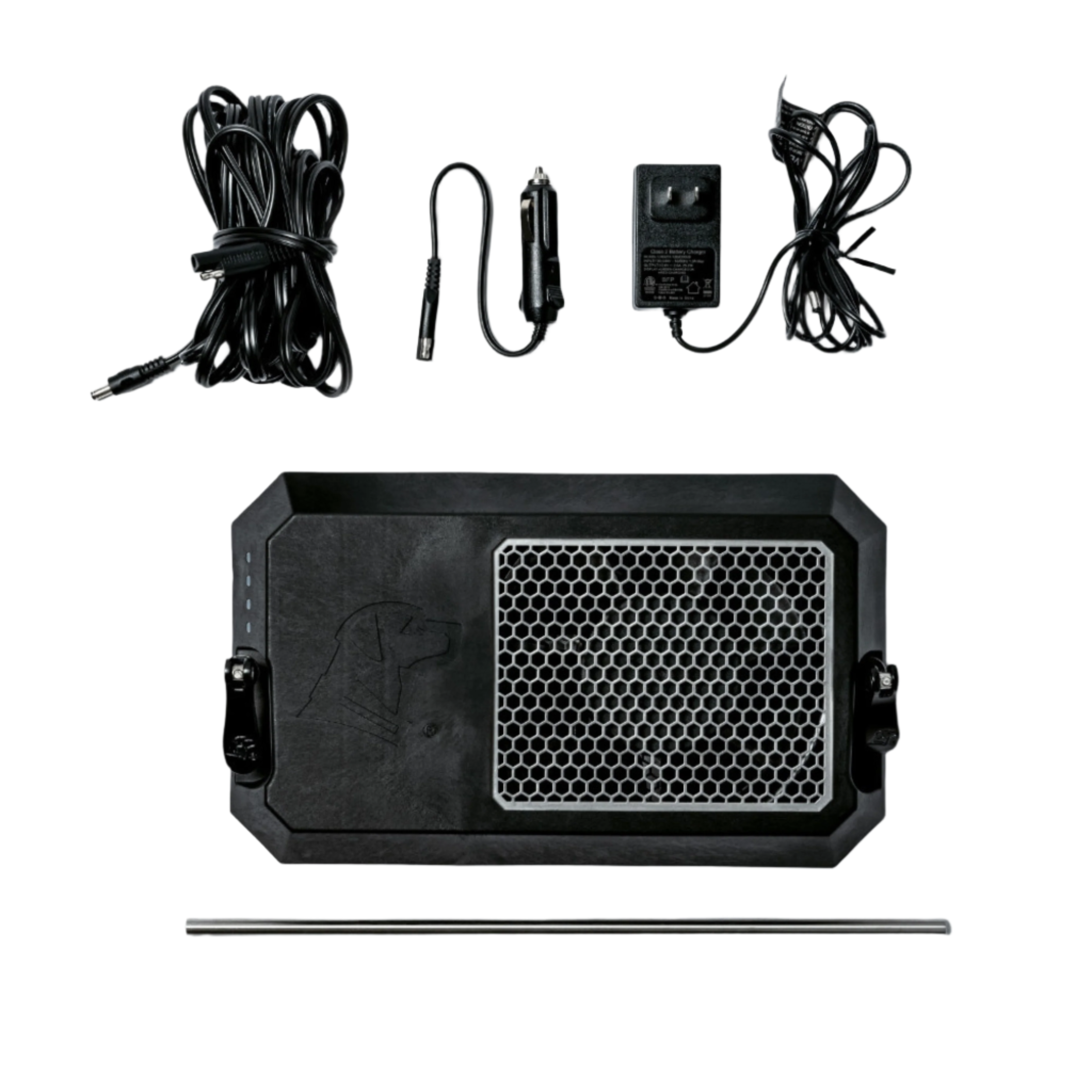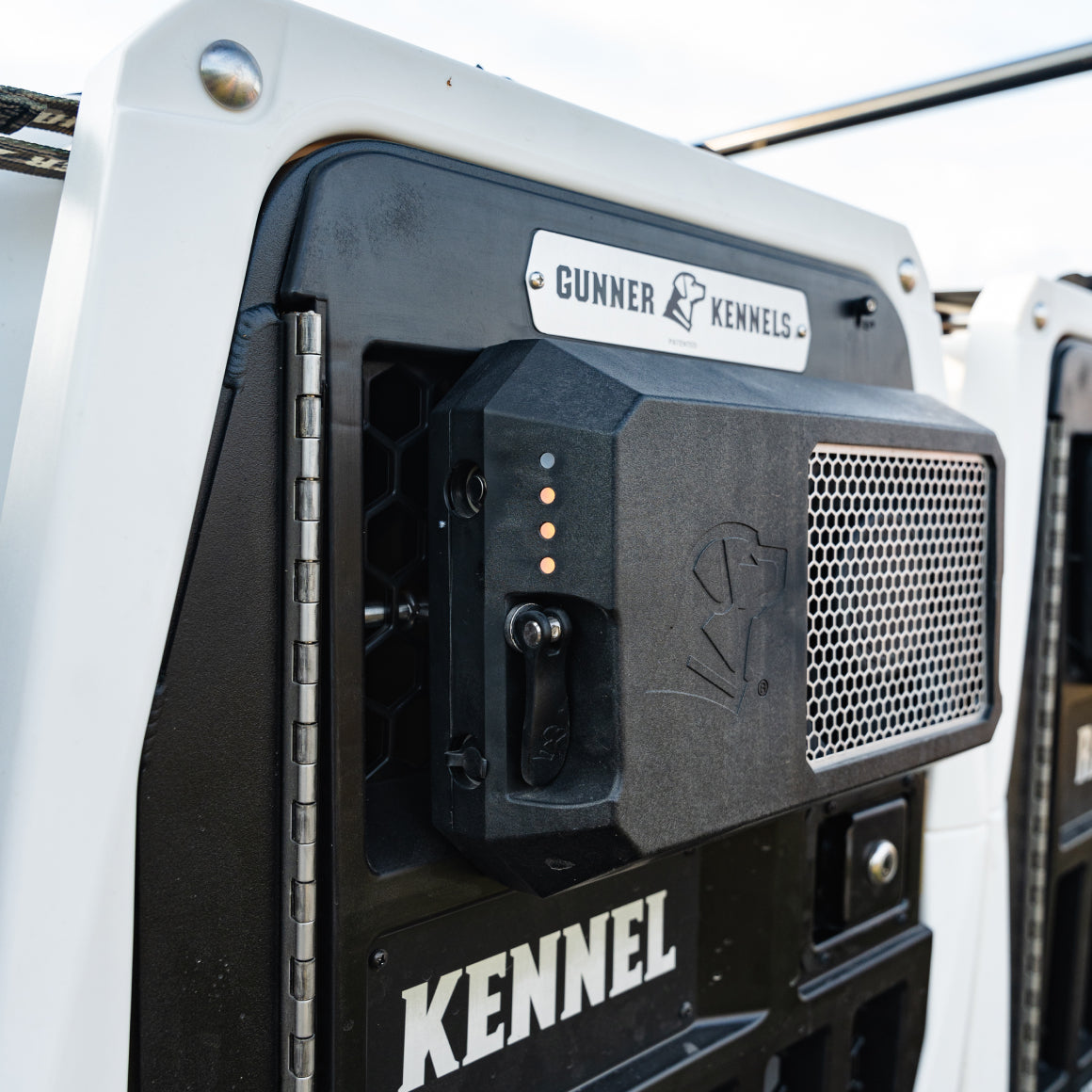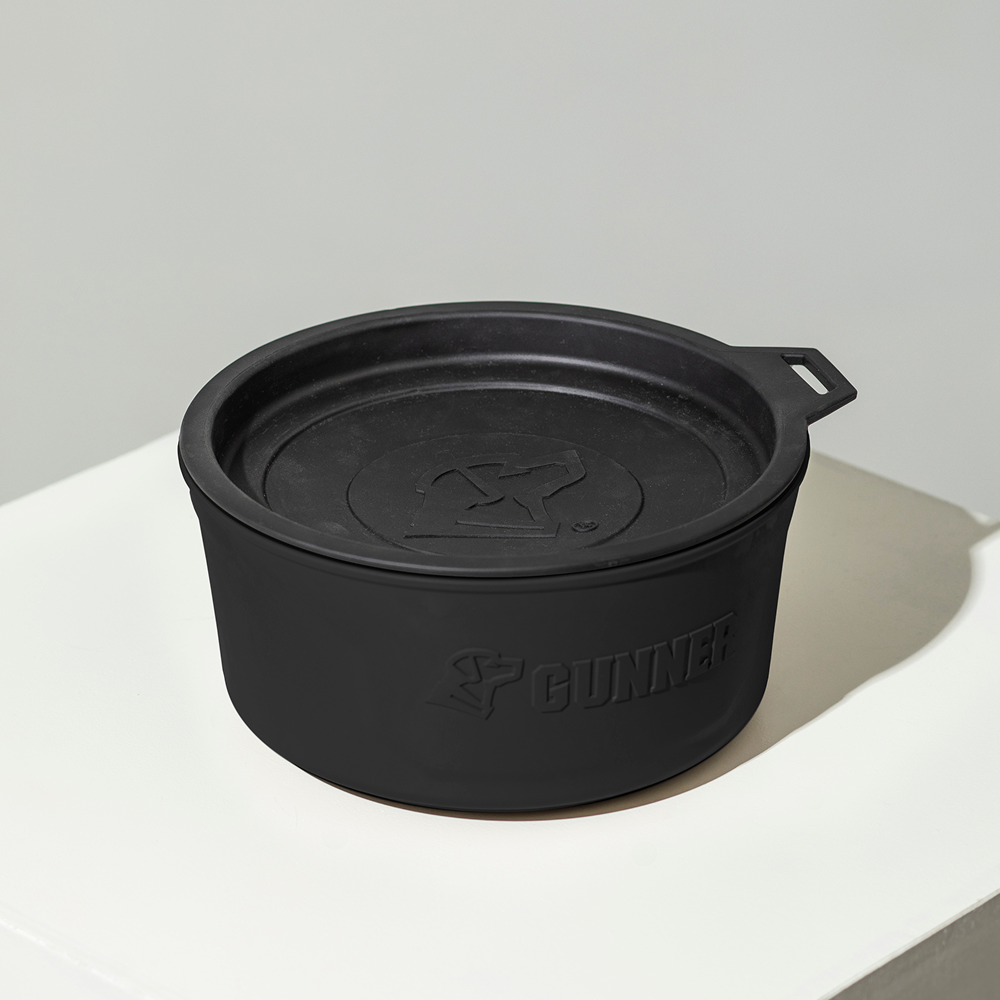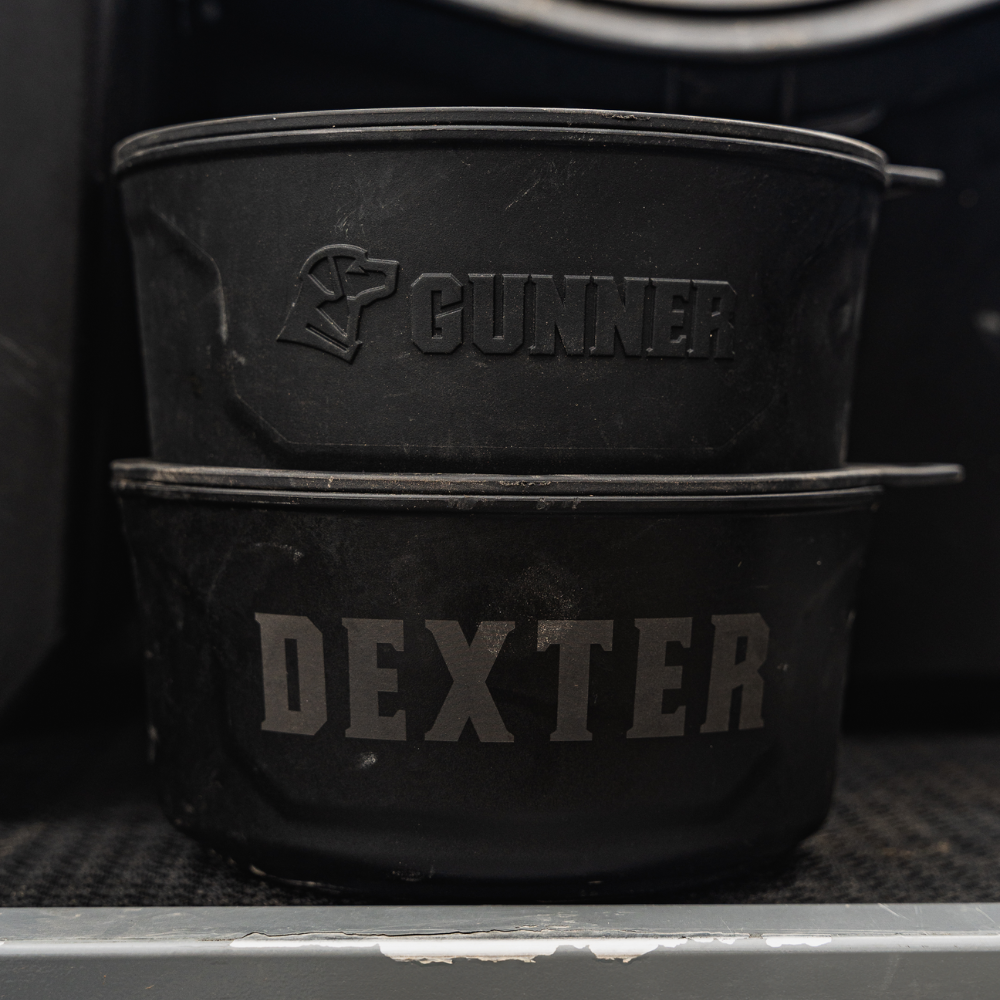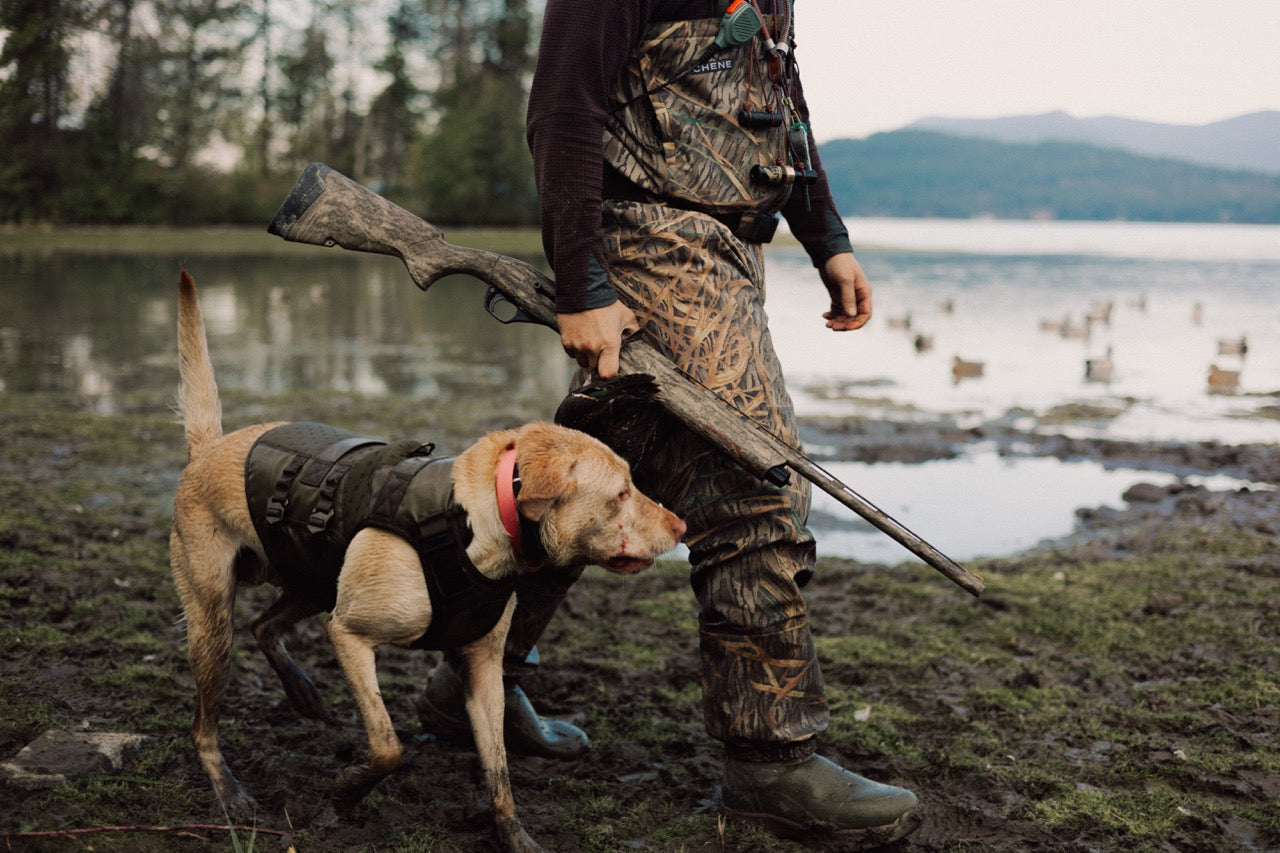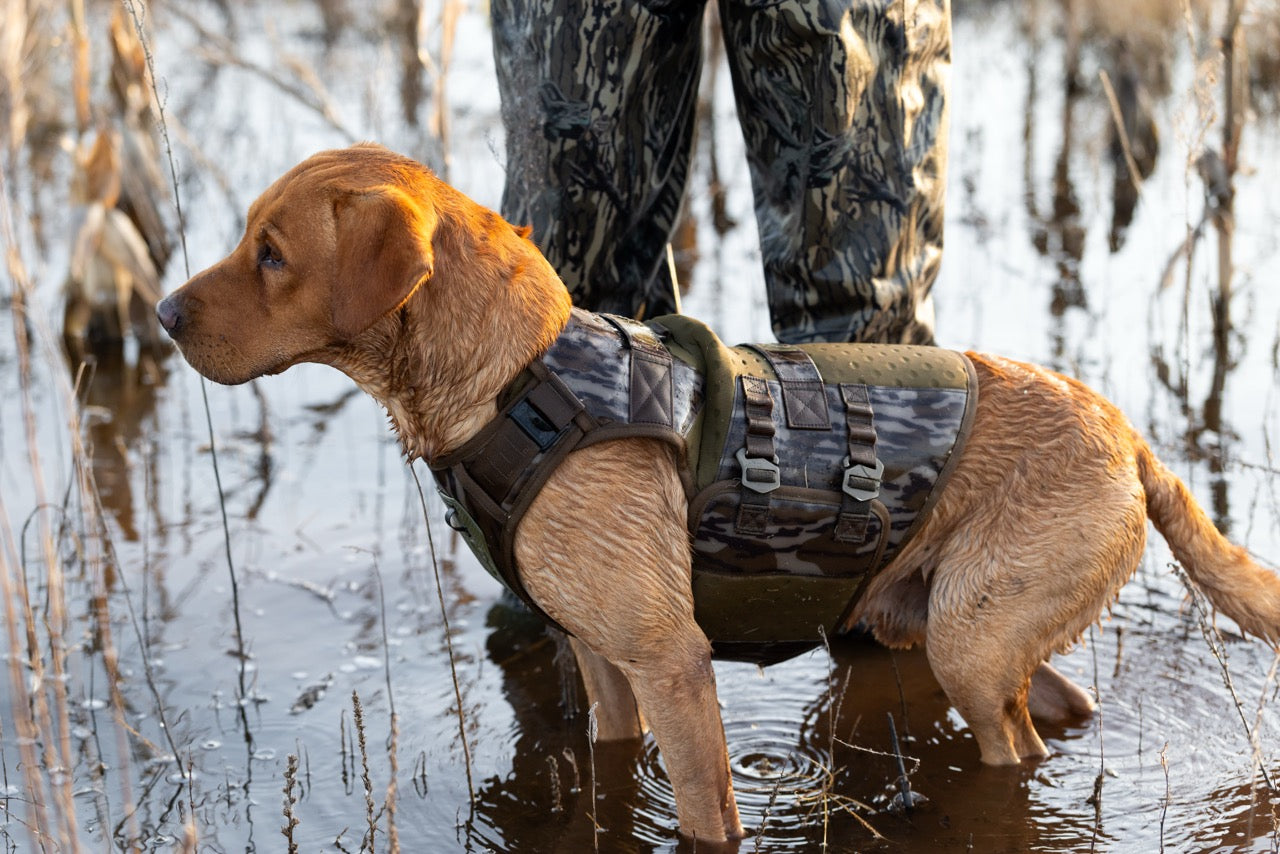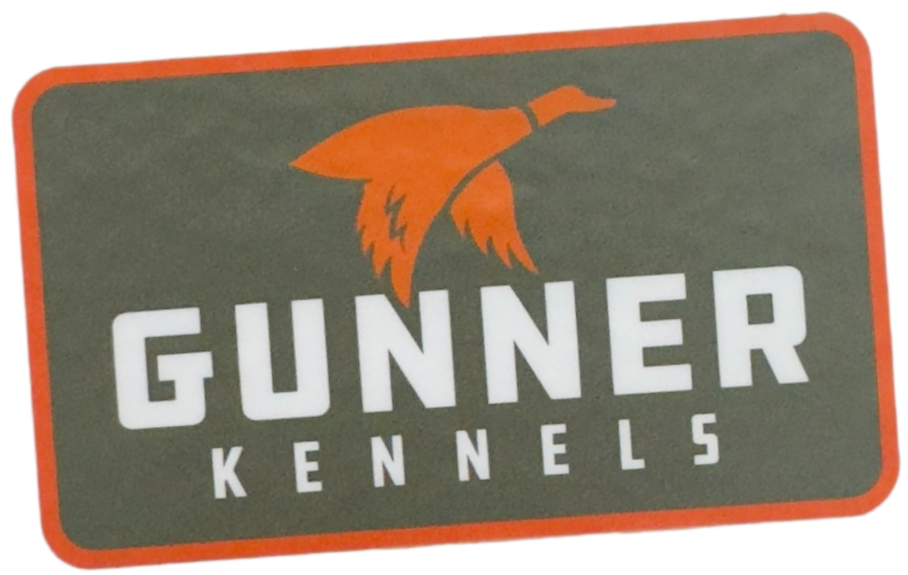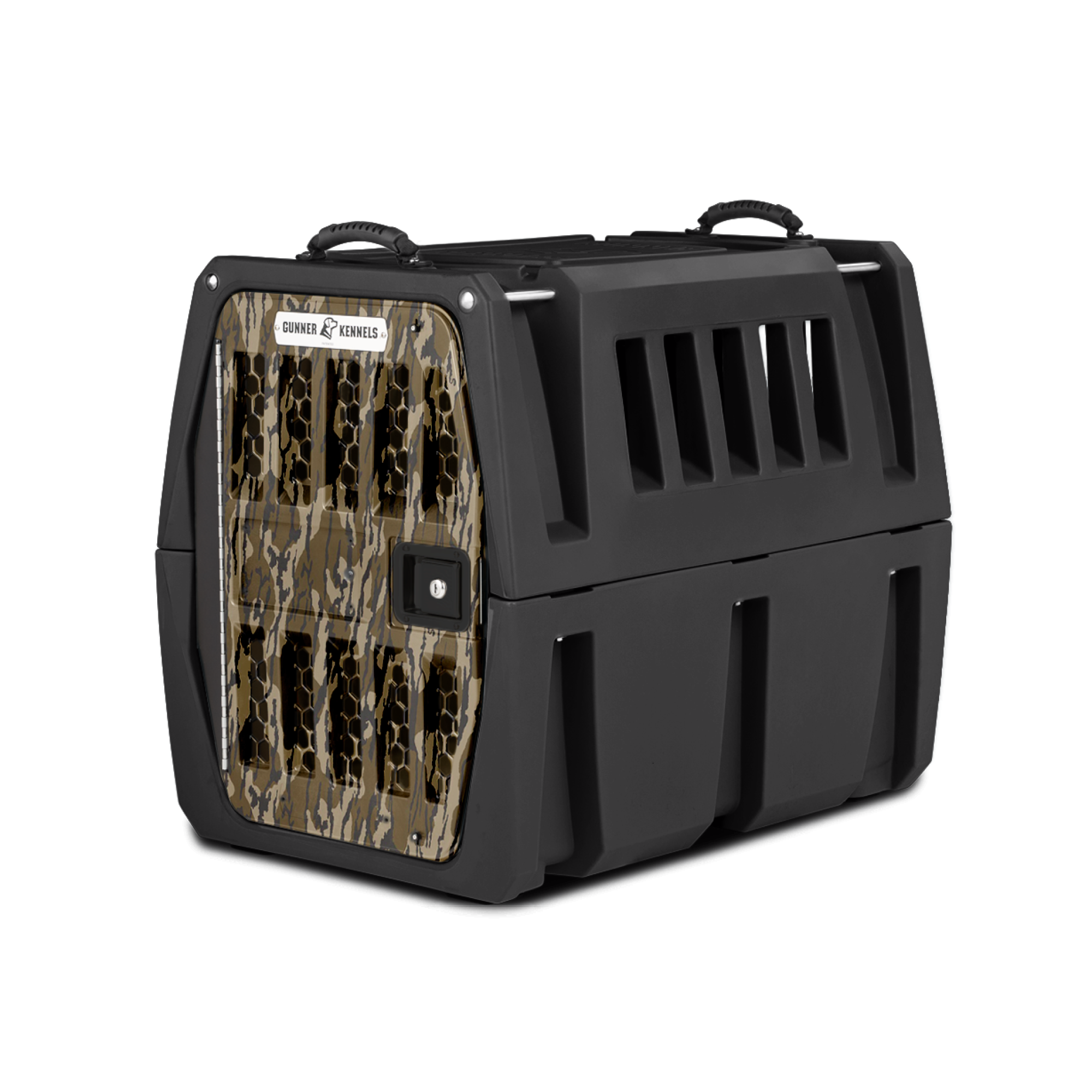Words by Joe Spoo | Photo by Bill Kercher • Southern Oak Kennels Bracken Creek
You’re running hard this summer, preparing for the upcoming months. But overheating, or heat stroke, is an all too common problem in active sport dogs that many of us are all too aware of.
We called in expert Dr. Joe Spoo – a vet and diplomate of the American College of Veterinary Sports Medicine and Rehabilitation – to talk about how to prevent a dog’s overheating and what to do if a heatstroke happens. His love for gundogs led Dr. Spoo to pursue specialization in sports medicine, so he’s got a pretty good handle on these things.
We’ll let him take it from here:
What Exactly Do You Mean By Heat Stroke?
Many of us with gun dogs are well into off-season training. It’s important to be hyper-vigilant of the conditions we are running our partners in, and their tolerance of those conditions. This especially becomes important the thicker the cover as the conditions may be vastly different standing above the cover versus those at ground level.
Overheating is a condition that develops from the body’s inability to regulate temperature. Basically, the heat being produced by the body is greater than the heat being dissipated and even after exercise is stopped the temperature continues to climb. It is an extremely dangerous and desperate situation.
Basically during heat stroke all the body systems are being affected. The tissues of the body are essentially cooking themselves. When we get these dogs into the clinic they have severe blood chemistry abnormalities, indicating multiple organ involvement and potential failure, they can go into respiratory distress, develop coagulopathis and heat stroke is one condition that can quickly lead to death.
What Causes Heat Stroke In Dogs?
Handlers are solely responsible for causing heat stroke
There is no sugar coating it, if you heat stroke a dog the blame falls squarely with you.
Lack of Conditioning
The causes of heat stroke in hunting dogs are numerous, but at the top of the list is a lack of conditioning. Too many handlers take their dogs from the couch or the kennel straight into the field without any thought about the dog’s level of conditioning. This would be akin to taking most of us on a given day and demanding us to run a marathon…at the drop of the hat. The difference is that we’re able to say no and are in tune with our bodies enough to know when to stop. These dogs love to hunt and love to perform, and by the time they are showing signs of a problem it is often too late.
You’ll also see heat problems with too much exercise too soon – and an obese animal is going to be much more prone to overheating than one running at a lean body weight. Again, a common problem in the part of the country I live in where many of us, and our pets, put on winter weight from a couple of months of inactivity and hearty eating.
Climate
Other causes of overheating include lack of acclimatization, high humidity and high temperatures. A rule of thumb used by many dog trainers down south is that if the ambient temperature when added to the humidity is greater than 150, you probably shouldn’t be running your dogs. Heat stroke can also develop at what seems to some like relatively low temps, but this is when it becomes particularly dangerous. As we enter the summer months there are many mornings that may be in the 60s and it may feel “brisk” when we step outside; however, some of those days the humidity is well into the 90s. Couple that with the thick green grass we often find ourselves training in and that “cool morning” for us is a complete nightmare for our training partner at ground level.
History
Previous episodes of overheating will also predispose a dog to overheating again, because overheating can cause the body’s internal thermometer to become “out of whack” and make the dog more susceptible to future episodes. Once you have pushed the envelope too far with your dog the threat becomes even worse and at lower, previously tolerated, temperatures.
Dogs In Water Can Be In Danger, Too
It’s also important to know a dog in water can still have heat stroke. This is particularly true in the summer months and early fall when many of the shallow bodies of water have had time to heat up. At these times it can be like swimming the dog in a hot tub. Just because they are wet doesn’t mean they are cool.
Basically, you should always try to be smart when working your dog in any type of heat.

What Are The Signs That A Dog’s Having a Heatstroke?
Extreme Panting
Signs that your dog may be getting close to overheating include panting and/or extreme hyperventilation. These dogs aren’t just hot; they are trying to move as much air as possible in an often futile attempt at removing heat.
Hypersalivating
Many of these dogs will also be hypersalivating. They’ll come back with long ropes of drool coming out of their mouths, or puddles of saliva around them.
Glassy-Eyed
They also will have an altered mental state and appear glassy-eyed. Often when you look at these dogs they look like they are in trouble, almost as though no one is home when you look them in the eyes.
Clumsiness
Many dogs who show sign of heat stroke will become ataxic (i.e. stumbling and incoordination) and show muscle weakness.
Bowel Movements
Often, but not always, you will see vomiting and diarrhea develop.
Always Be Prepared For K9 Heatstroke
From here it may progress to total collapse. At this point you are probably wondering what temperature the body has to reach to fall into the category of heat stroke, and unfortunately there isn’t one.
The normal body temperature of dogs is 100-102.5 F, but in normal working dogs, without heat stroke, we can have temperatures during and immediately following exercise that get up around 106- 107 F without causing a problem.
But these are the same temperatures that we start worrying about heat damage starting to occur with heat stroke. This is where having a thermometer in your emergency kit becomes important, because if the temperature does not begin to fall immediately – or worse it continues to climb – after the exercise is stopped, your dog is in trouble.
I would recommend taking you dog’s temp after a day of hunting or while out training when you are not even close to crossing the overheating line. This will give you an idea at what temp your pup typically runs while at work and will allow some sort of baseline if you get into trouble out in the field.
Field Treatment For Heat Stroke in Dogs
As far as starting treatment in the field, the biggest thing is to get them cooled down.
If there is water around get them a cool water bath or spray them down. If you are going to cool them in standing water be sure to wade in with them and hold on to them, as they could collapse and drown or get out too deep and not be able to make it back.
Apply ice to the hairless portion of the belly and especially deep in the armpits and groin, as there are some very large blood vessels in these areas that help cool them down fast.
You can also get them in the vehicle with the A/C on high with the fans blowing directly on the dog.
The whole while during the cooling process you need to be monitoring the dog’s temp and stop cooling them when the temperature reaches 103 F. This will also allow you to make sure you are not cooling them too fast. It is very easy to over-cool these dogs and drop them down too low and end up causing hypothermia…remember the internal thermostat is no longer working correctly.
If it appears that your dog got more than just got a little warm, you need to get him to a vet. Continue attempting to cool him down while transporting them to a vet, though. Hospitalization, monitoring and supportive care are very important in order to save these dogs. Many of the dogs that survive may have long-standing problems, and the sooner you seek veterinary care the better. Running dogs in warmer temperatures is unavoidable, but in many cases can be done safely, with the correct precautions. It is vitally important to know what to look for and how to deal with it should you if find yourself with a dog that is overheating.

